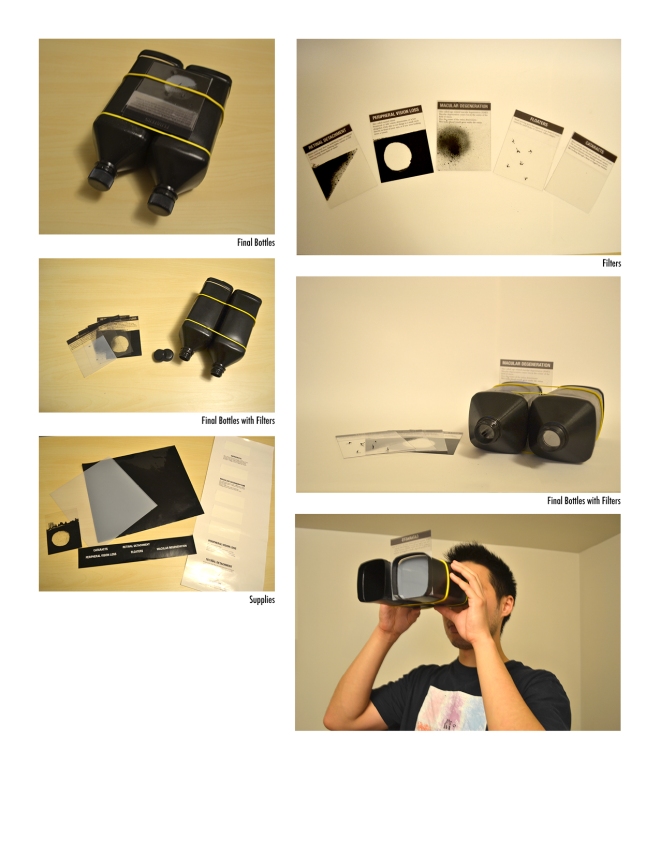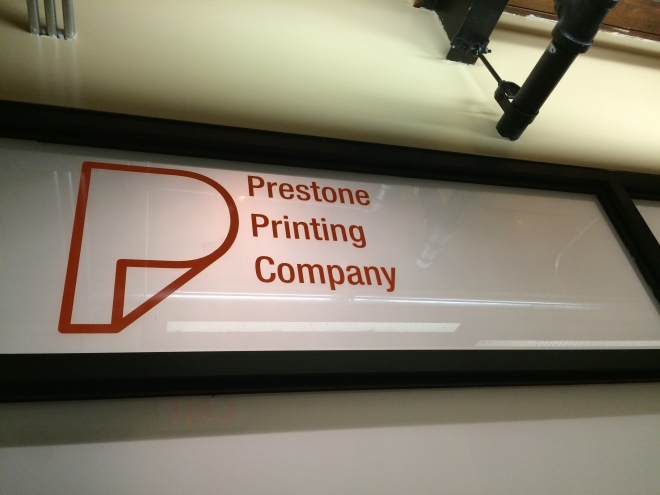Some of you may have seen the emails and posters floating around campus for this event. I decided to swing by to check it out. I wasn’t sure what to expect as this was my first time attending an AMT, Parsons event.

The event started off with Julia Gorton, Director for Graphic Design and Printmaking, giving a brief introduction of the guest panel: Ryan McGinness, Jess Dang and Pierre Tardif. After the introduction, we watched two short films. One can be seen on Jess’s reel. The second was the short film directed and produced by Jess Dang on Ryan McGinness’s process in solving his design problems in the studio. Then, the panel was welcomed to the stage where it took off with Pierre sharing images of his typeface called “Ryan McGinness.” This typeface was based on Ryan McGinness’s unique handwriting. Pierre saved the notes and to-do lists Ryan gave him (when Pierre was working for Ryan) and later developed this typeface.


The panel then shared with the audience what they do, how they all connected with each other and their process and challenges in their own work. The story of how they are all connected is quite intriguing. It all began with Pierre noticing Ryan’s work and falling in love with it. At the time, Pierre worked in a toy store and Ryan designed a ball that the toy store carried. One day, someone came in wanting to know how many they have left in stock and Pierre was really excited that others knew about Ryan as well. A few weeks later Pierre received a package in the mail with a note from Ryan thanking him for checking on the stock of the balls and a signed book. Pierre then decided he wanted to personally thank Ryan so he went to his studio and pretended to be delivering a package and met Ryan. Later, Pierre was given the opportunity to work for Ryan. Pierre and Maria Wan knew each other from Parsons. That is also how they know Julia. Maria also worked for Ryan. Jess discovered Ryan’s work through a book she purchased and later gave away to a friend. Jess was a MFA Film student at USC and knew that Maria worked for Ryan and asked Maria to connect them post graduation. Jess and Ryan connected and met in person and it launched into this short film project which we were given the opportunity to see. This really shows that the people to you know and the connections you make matters!


The panel discussion and the followup Q&A portion of the evening was definitely the highlight for me. Both Ryan and Pierre studied Graphic Design in school and have expanded their work to other mediums. Pierre said that Graphic Design provides the visual training to allow us to do so many other things, which I never really thought of. To be honest, I didn’t and still don’t know what aspect of graphic design I would like to explore in-depth. For now, I just want to focus on obtaining all the skills and soaking as much in as possible. I have learned to realize that life will work itself out and opportunities will present itself at the right time.
Ryan talked a bit more about his process and how particular he is with keeping everything the same format. He has a lot of sketch books that are all the same size. He emphasized that keeping everything in the same format is crucial. His sketch book is his idea book and encouraged everyone to just keep sketching. He puts everything and anything on the pages with ink. He also keeps all of his sketch books and archives them every year. He also loves to-do lists and calendars. He is very particular about the sizing and formatting for that as well. He used to create his own to-do pads and calendars by cutting 8.5″x11″ sheets in half lengthwise and gluing them together in a pad. Later, he found a printer (Ginko Press) that would print these pads for him. You can buy it from Ginko Press or from his online store RM Store.
Another thing that he loves doing is to create books. These books are compilations of his works and allows him to compartmentalize his life. For him, the books literally symbolize the end of a chapter for him. He used to do this annually with all the projects he completed that year. He described this process to be very fluid. He would collect materials, take pictures of process and how things are made. Again, he would follow his format and keep the books at 8.5″x11″.
The process he takes to approach a new design problem is always start with sketching. It is very important to sketch before moving to the computer or other technological mediums. Ryan loves to sketch and again, it is always the same format, India ink on paper, chiseled tip pen in three different sizes. He always starts with thumbnails in his sketch books and then move to 22×30″ paper leaving a 2″ border. He moves in a linear progression as he always ends up with a sketch of a sketch. The sketches then turns into a drawing leading to the final solution. The solution then goes to the technical stage which then translates into a digital image.
All three panelists agree that routine in their work is important to them as it sets down the parameters of what needs to get done and make decisions in a timely manner. There are also systems to allow for creativity and craziness to happen. Flexibility in the projects themselves will give them change and variety.
Time management is key in design. Ryan explains that he isn’t good at prioritizing as everything has the same level of importance to him. As mentioned previously, Ryan is big on to-do lists and will keep them all over the place in the studio. The things that makes it on the list is what is important for him to complete. He mentioned that sometimes he will procrastinate by doing other smaller projects that he knows he can complete faster first. He also used to make time sheets to keep track of where all his time goes. He would log the number of hours he spends on a project and also administrative time to see what is sucking up time. For Jess, learning to walk away from her work and take breaks was pivotal. By doing this, it makes it more manageable and realistic not only for herself, but the client as well. Julia shared that for her, it’s the 30-minute train ride that she finds herself to be the most efficient. As a designer, you will need to find you own method to control this madness. It is also very important to make time for yourself in your creative practice or you won’t have a creative practice.
Sometimes, as designers, we get stuck. Ryan said he doesn’t really get stuck because he has so much to do and not enough hours in a day to complete everything. Don’t we all wish we could be like him and not ever have to worry about getting stuck? Pierre said that when that happens to him, he will walk away from it. If there is time, he would sleep on it. For Jess, to get unstuck she would get on a plane and travel to stimulate her mind. Letting go for a bit and enjoy a nice meal or catch up with a friend also helps.
My key takeaways from the session:
- Sketch, sketch and sketch! Just keep sketching and don’t treat my sketchbook as a precious thing, put any and all ideas that come to mind into the sketch book. It can be chicken scratch. Sketchbooks do not need to be perfect!
- Track my work hours to determine where I’m spending most of my time and adjust my process. This will help me figure out where all my time went when a deadline is approaching and I’m not close to where I want to be.
- Get unstuck by leaving the work for a bit, sleep on it, go out and explore more, try new things and travel.
It is nice to know that I am doing something right already. I went out and had some fun this week…



















































